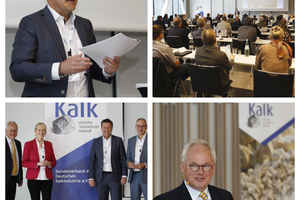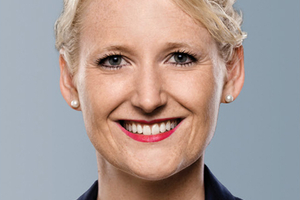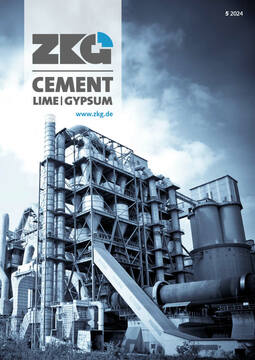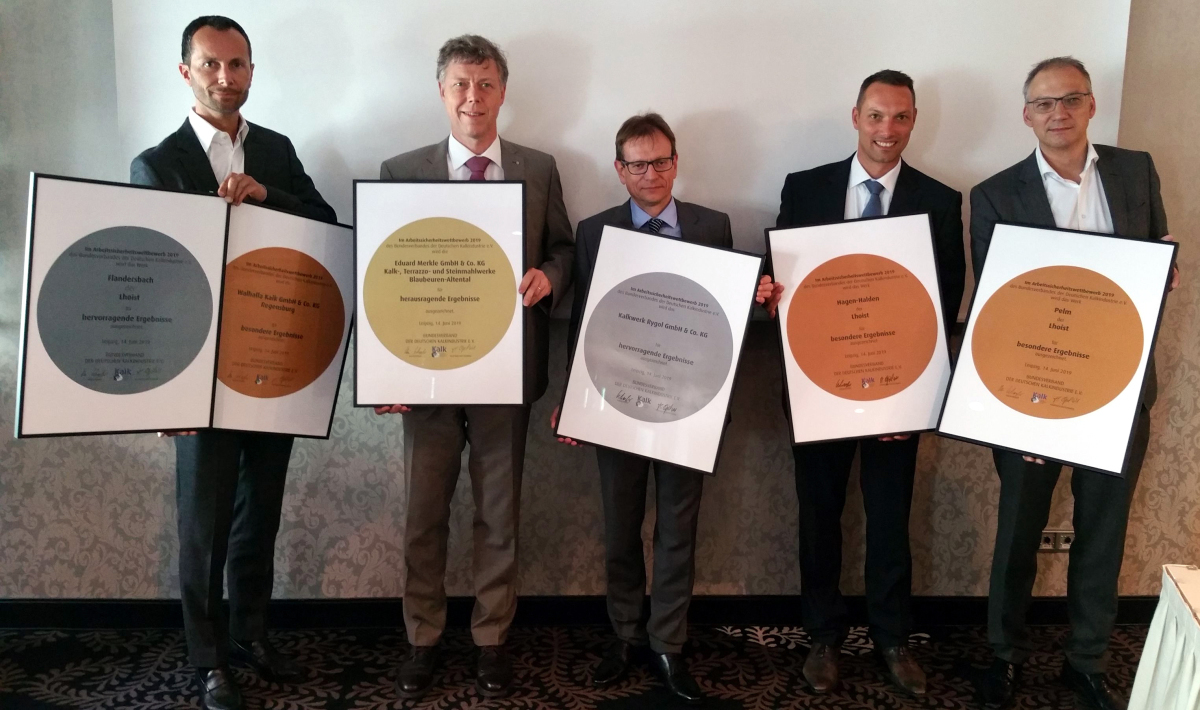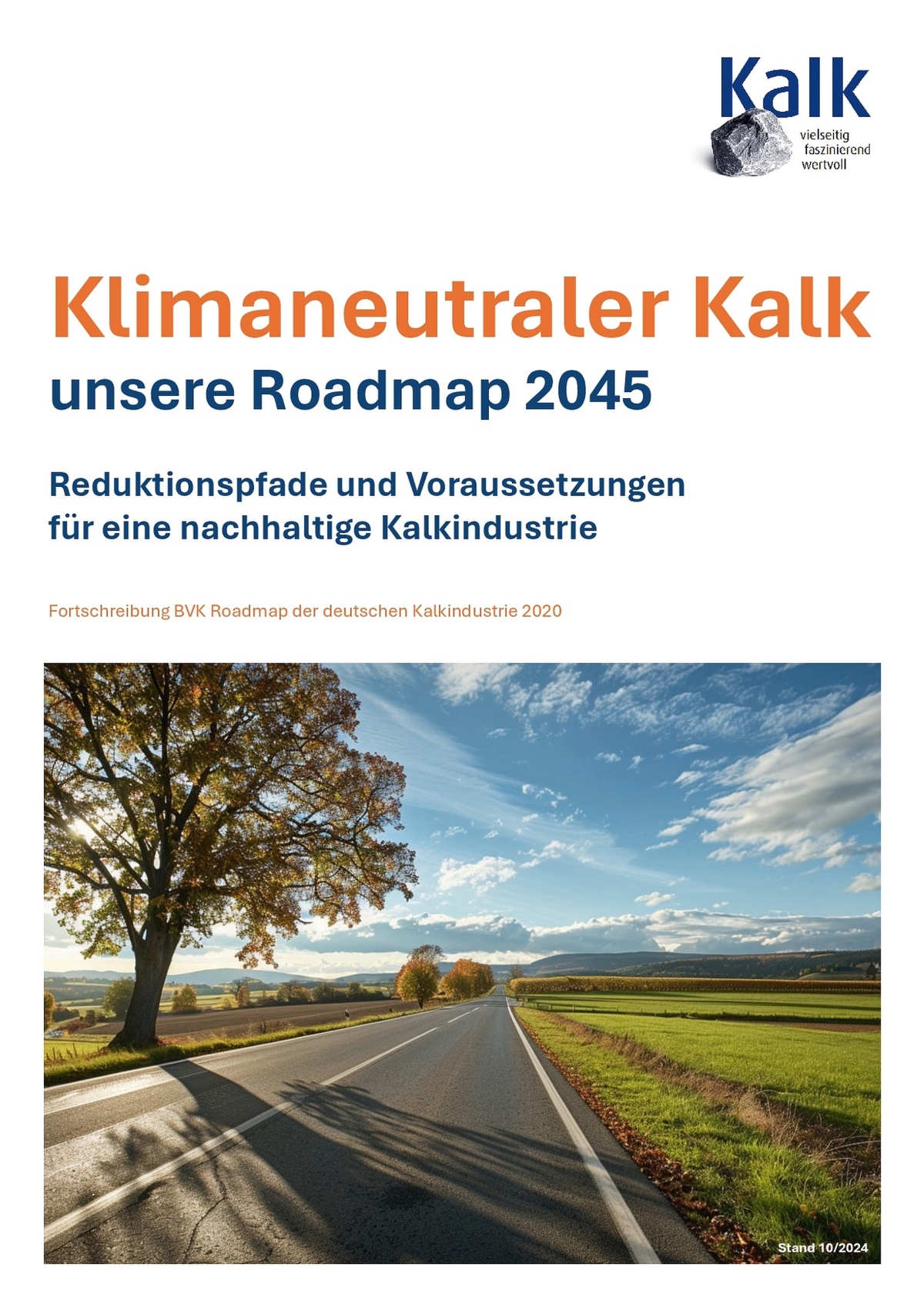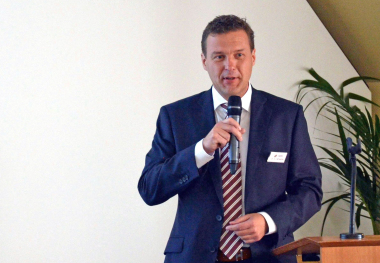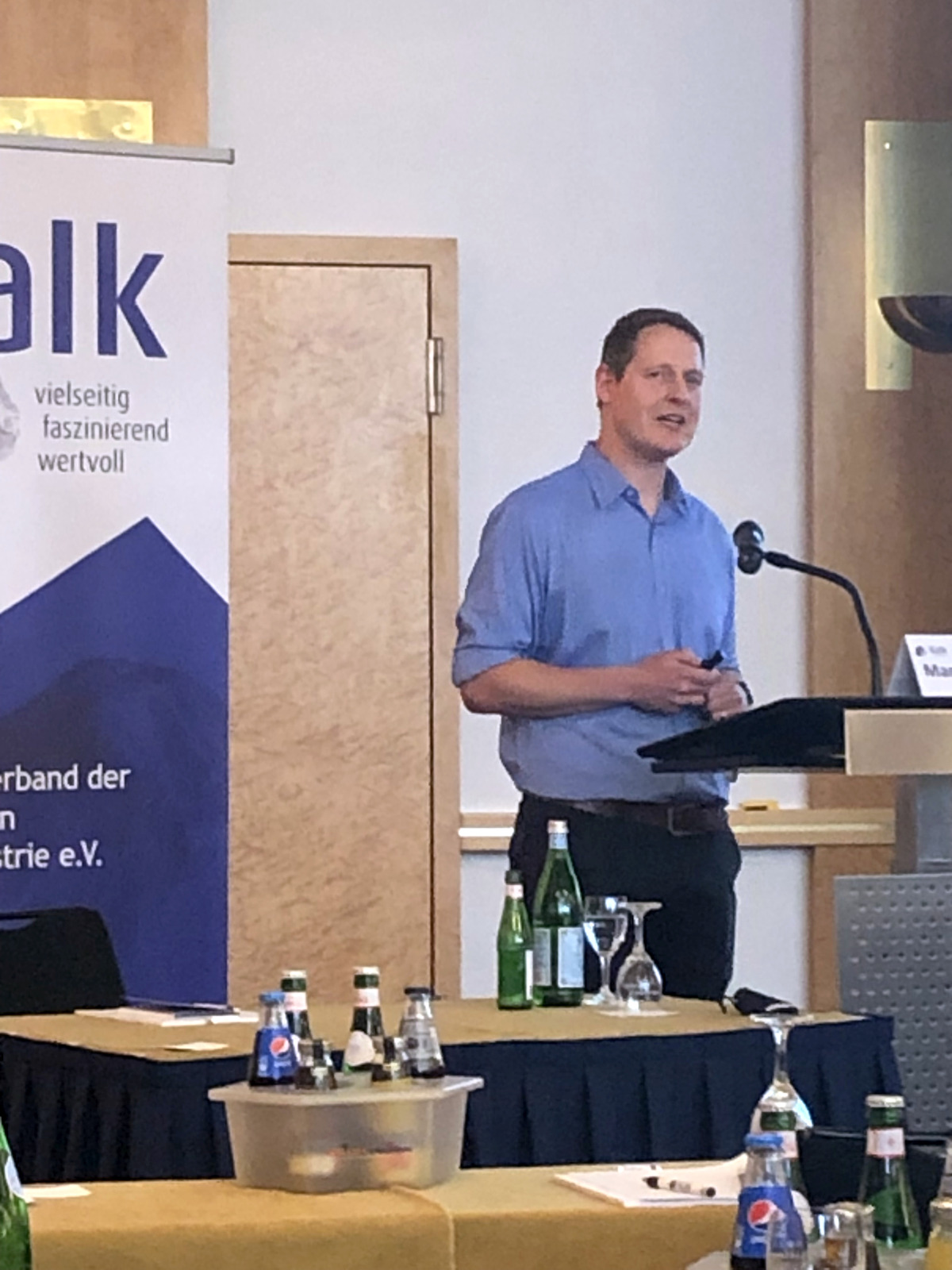General Assembly of the German Lime Association (BVK)
The German lime industry is facing up to the challenges of the future
The German Lime Association (BVK) held its annual general assembly in Würzburg on June 7, 2024 to look back on an eventful 2023 and discuss the future challenges facing the lime industry in Germany.
The Chairman of the BVK, Dr. Kai Schaefer, summarized the current situation: “The past year was not an easy year. We have all woken up to a new world. A world in which energy will be permanently more expensive. In a world characterized by geopolitical uncertainties and economic reorganization.”
In this world, the major powers USA and China are effectively subsidizing their economies, while in Europe a lot of money is made available, but this is often withheld from companies due to bureaucratic hurdles. In addition, the energy-intensive lime industry in particular has to cope with significantly higher energy costs, which is increasingly leading to major distortions.
Political decision-makers are called upon here, as Germany and Europe urgently need an innovation boost with viable concepts and rapid implementations in order to remain competitive. It is important to avoid new administrative hurdles and overregulation and to create a clear industrial policy framework with competitive taxation of companies and work, as well as a culture of new beginnings instead of abandonment.
What is the status quo of the lime industry?
With a decline of almost 5%, 2022 was already not a good year for the lime industry. In 2023, there were also some special effects such as the decreased use of coal-fired power generation. In addition, there was a massive slump in the entire construction sector with declines of up to 90%. These developments have also affected sales in the lime industry, with lime production in 2023 falling to a historic low since reunification of 4.81 million tons. This corresponds to a drop of 14.8%. The strongest decline was recorded in the construction segment with minus 28.7% in the building materials industry and 22.9 % in the construction industry. A recovery is expected here in the medium term, so that the declines of recent years will be at least partially corrected. The outlook for environmental applications is different. Here, the 21.7% decline in demand to 597 thousand t is driven by the reduction in the use of coal for electricity generation since 2023. In the medium term, the use of lime in the air pollution control sub-segment will continue to decline due to the coal phase-out, especially in 2030, when numerous power plant units in Germany will be taken off the grid.
In contrast, sales in the industry sector are relatively robust. The decline amounted to “only” 6.1% compared to 2022, or 2.38 million t. The steel industry dominated here with a share of 80% of lime sales in the industrial segment and a drop of just 2.4%. On average across all other industries, however, sales fell by 107 thousand t or 18.2%.
Overall, 2024 will not be an easy year either. The focus will be on stabilizing production. A recovery can be cautiously assumed for 2025 if, among other things, appropriate political framework conditions are created and the German industry can consolidate its position in European and international competition.
Special challenge for the lime industry
As an energy and CO2-intensive industry, the lime industry is prepared to take on corporate responsibility and continue to set the course for a climate-neutral future. The content of the updated Roadmap 2045 has been finalized and sets out the lime industry’s transformation path towards competitive, climate-positive production. The challenges are clearly identified, as the transformation will not take place without a good political framework. The Lime Roadmap 2045 will be published shortly.
The key message is that the German lime industry can produce in a climate-neutral way by 2045 and also bind additional emissions from the atmosphere. Together, this results in a climate-positive lime industry.
However, one thing is clear: achieving this target will not come for free. Climate-neutral lime will be more energy-intensive than conventional lime. In the long term, electricity use will increase six-fold and thermal energy requirements will rise by around 50%. This is only possible if the economic policy framework is right. Energy costs must be competitive, a CO2 infrastructure for transport and storage must be accessible and the contribution to CO2 removal through BECCS and carbonation, among other things, must be financially rewarded.
Due to its high unavoidable process emissions, the lime industry will only be able to achieve climate-neutral lime production with CCS and CCU. The German government has already taken a first step. After years of stagnation, the amendment of the Carbon Dioxide Storage Act (the CCS Act) has been initiated. In addition, the Federal Government has finally adopted the Carbon Management Strategy and is working on financial support for CCS projects. This is all a first step, but it is clear that many more must follow.
New Chairwoman of the German Lime Association
As Deputy Chairmen, Dr. Kai Schaefer, Managing Partner of the family-owned company Schaefer Kalk, will once again represent the BVK together with Dr. Burkhard Naffin, CEO of Fels-Werke GmbH.

